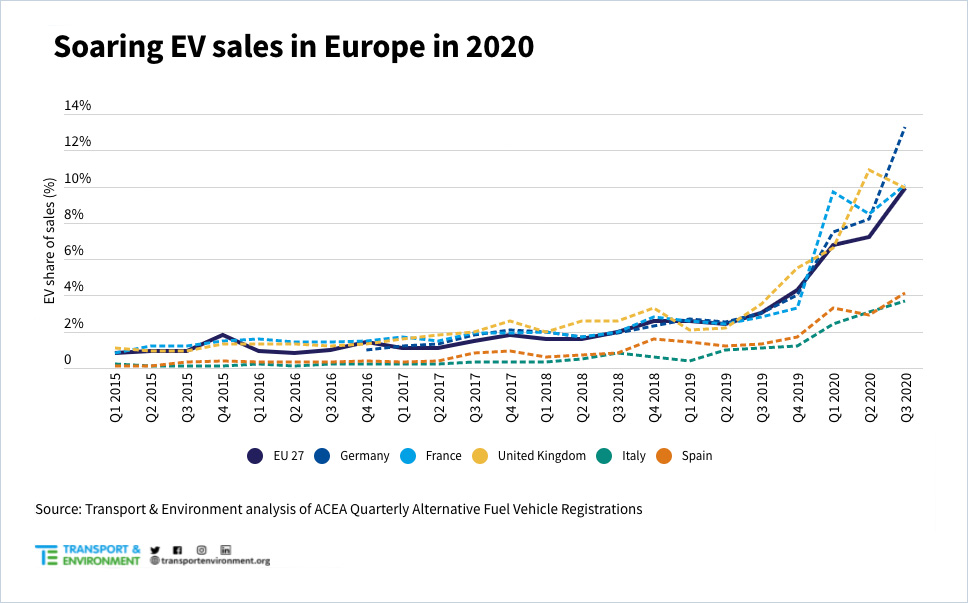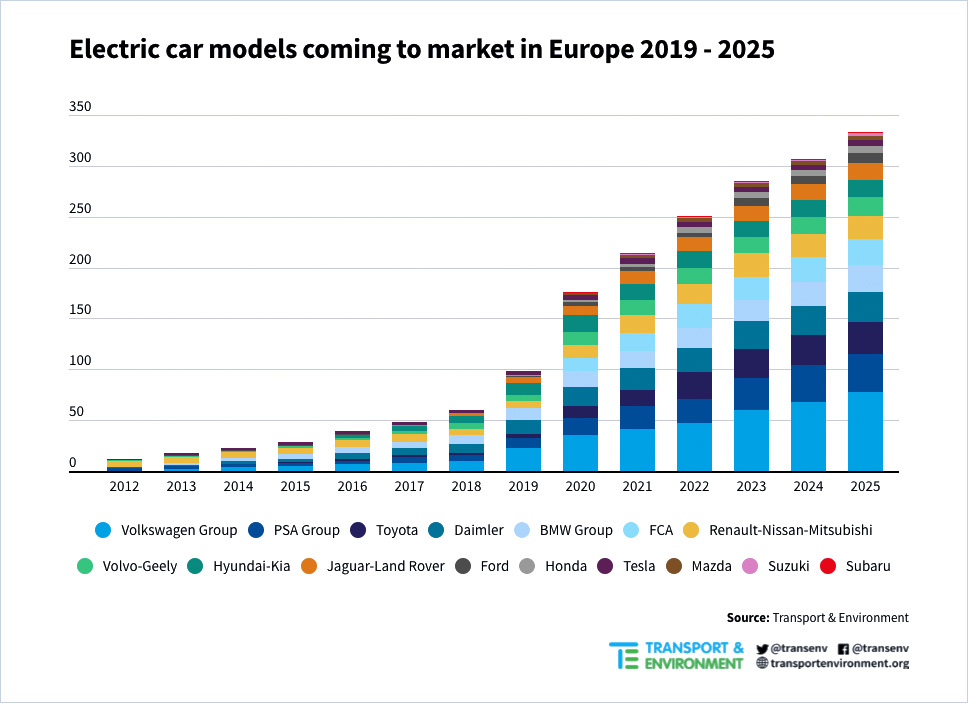Electric Vehicles
Are you considering purchasing an electric vehicle for your business? Please read this post to find out what you should consider when buying or leasing an electric commercial vehicle.
Variations of Electric Vehicles
Here are the current most common variations of electric vehicles:
- Battery electric vehicles (BEV) run exclusively on battery power and use only the battery as an energy source. Most BEVs are capable of fast charging and have zero emissions.
- Hybrid Electric Vehicles (HEVs)– Low-emission vehicles that use an electric motor to assist gas-powered engines. All energy comes from gasoline.
- Plug-in hybrids (PHEV) use rechargeable batteries and can be charged externally from an external power source via a power supply unit.
- Fuel cell electric vehicles (FCEVs) generate electrical energy by reacting hydrogen with oxygen energy, but are not yet widespread.
Are purely electric cars lower in emissions than combustion engines?
In short: yes.
During the production process of battery and e-vehicle, more CO2 emissions are generated compared to combustion vehicles. However, thanks to years of emission-free driving, pure electric vehicles (BEVs) have a lower overall CO2 balance. After all, internal combustion engines only use up to 50% of the energy in the fuel, whereas electric motors use between 80% and 100%.
How “green” they really are in the end depends particularly on the energy it consumes, i.e. with which electricity they are charged: With the current electricity mix, BEVs are only slightly more environmentally friendly than combustion engines and the plug-in hybrids. With 100% green electricity, the CO2 savings would be up to 60%.
The Sortimo company has also ventured a step into the future in Germany here and has built an electric charging station at the Sortimo Innovation Park Zusmarshausen (SIZ), which is the largest in Germany and one of the largest in Europe. This will be set to offer 144 charging stations, and will be able to charge up to 4,000 electric cars a day, every day. From the end of July, this will go into operation and will be powered purely by regenerative energy.
Advantages and disadvantages of a plug-in hybrid
Advantages and disadvantages of a plug-in hybrid
Advantages:
- Independence from charging options no completely emission-free driving
- Similar subsidies as BEV
- higher ranges
Disadvantages due to the combination of combustion engine & electric motor:
- No completely emission-free driving
- Increased unladen weight and higher maintenance costs
- higher fuel costs due to petrol drive compared to diesel vehicles
Basically, plug-in hybrids should not be seen purely as an image enhancement or tax-saving model and should be driven exclusively with the combustion engine. The technology only makes sense and is more environmentally friendly than pure combustion engines if the electric motor is actually used and combined as intended.
The “challenge” with range
EV range is a hotly debated topic and does inhibit many would-be buyers. Despite that, the range of an ordinary electric vehicle has long been sufficient for most everyday driving. If the destination is hundreds of miles away, however, a more robust public charging infrastructure is needed. Many factors play a role in determining range of an electric vehicle; starting with the type of electric motor, battery capacity, or even external circumstances such as the weather and temperature.
Certain EV automobile models, for example, have a range of up to 400+ miles depending on options, whereas commercial EV vehicles have a range of 250 miles to 350 miles. When choosing a vehicle model you must consider your everyday driving habits, work and living circumstances as they will affect the range.
Lastly, don’t forget that you can influence the range of your EV. Your own behaviour and personal driving style are also factors in determining how far you can go between charges.
Gain range through a mindful driving style:
- Slowing an EV is most efficient by taking your foot off the accelerator, allowing for the electric motor to decelerate the vehicle and regenerate energy. Although using the brake pedal will slow the vehicle you are not able to recover as much energy. Brake pedal should still be used in an emergency.
- Accelerate slowly and consistently.
- Pay attention to how you load the vehicle with tools and materials on a daily basis. The design and layout of your vehicle organization solution is also a factor. Ask a Sortimo sales consultant for advice on load space optimization and workplace organization. There are many ways to optimize the weight of the installation and also to avoid transporting unnecessary materials by sorting tools and materials in a structured way.
- Avoid unnecessary energy consumption: be mindful of the impact that A/C and heat have on vehicle range.
Purchasing an EV? Pay attention to the tips above and consider the following additional points:
- Driving behavior affects what battery range you will need. Too little range will let you down, adding additional range can be costly
- Compare charging specifications and locations to optimise the user experience.
- Consider the impact your organizational equipment has on the range of your EV. Sortimo prides itself in being both lightweight and versatile to maximize the range of your EV.
Why e-mobility is not just a ‘trend’
On 12 December 2015, history was made with the Paris Climate Agreement, when the global community decided on greenhouse neutrality by 2050. A turnaround is therefore also unavoidable for the third largest emitter of greenhouse gas emissions within the EU, the transport sector. Internal combustion engines will increasingly disappear from the roads – to be replaced by electric vehicles.

The transition is no longer far away in terms of time. Nevertheless, there is still a lot to be done in order to make way for this change. A path towards e-mobility has already been taken in North America: in 2015 114,000 EVs were registered, by 2019 that number had increased to 326,000.
Similarly, vehicle manufacturers have dedicated themselves to the development of electric vehicles and new models. Until recently, the electric vehicle market was limited to a niche of early adopters. In the meantime, however, the tide has turned and the choice for users has increased significantly – it is heading towards mass production.

found on: https://www.transportenvironment.org/publications/electric-surge-carmakers-electric-car-plans-across-europe-2019-2025 (status as of 2021-07-19).

 Direct shipment to your home or business
Direct shipment to your home or business  Purchase from manufacturer
Purchase from manufacturer  Free Hotline +1 877-812-6994
Free Hotline +1 877-812-6994 
There are no comments yet. Be the first! We look forward to receiving your feedback on this post.